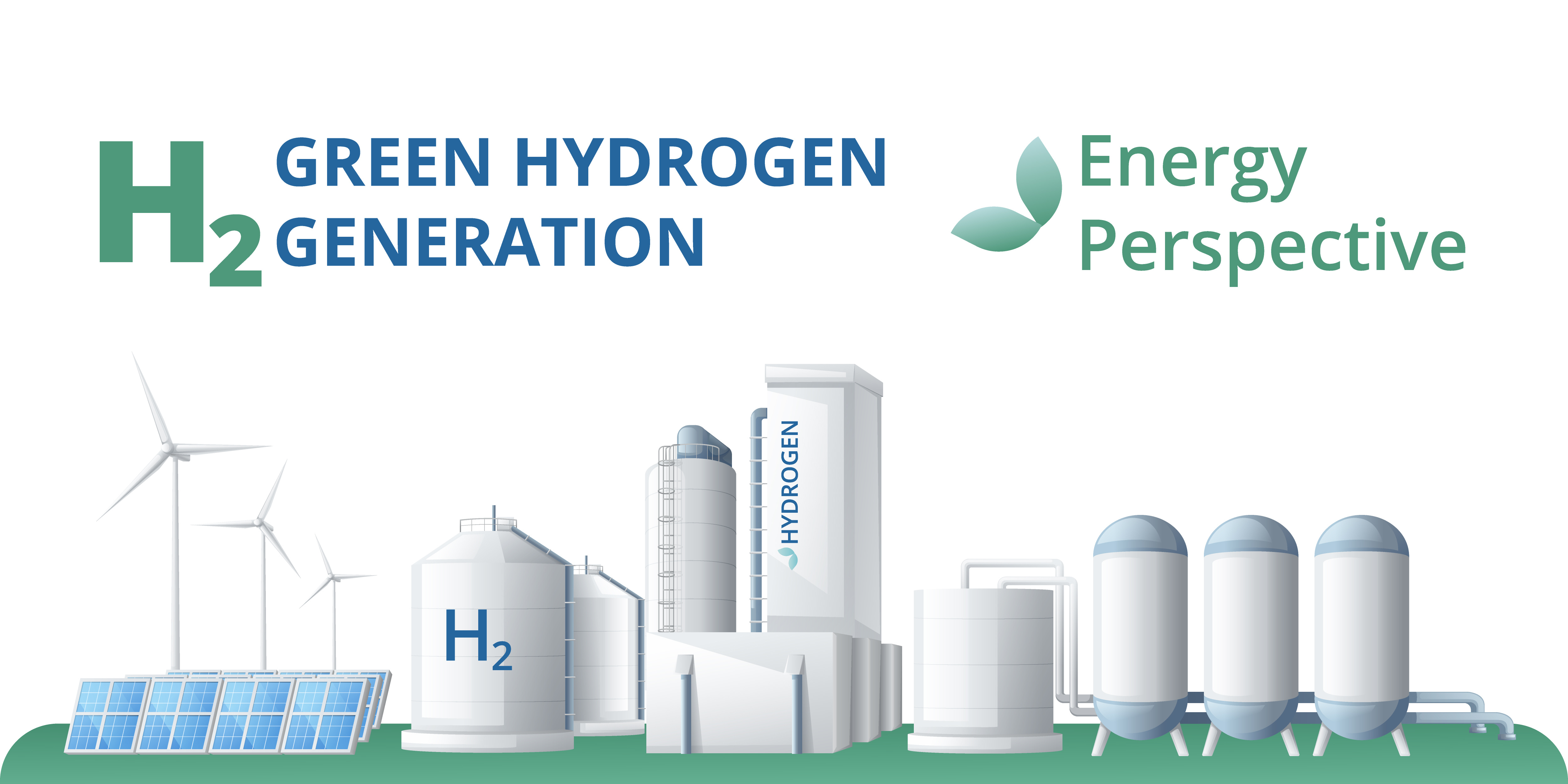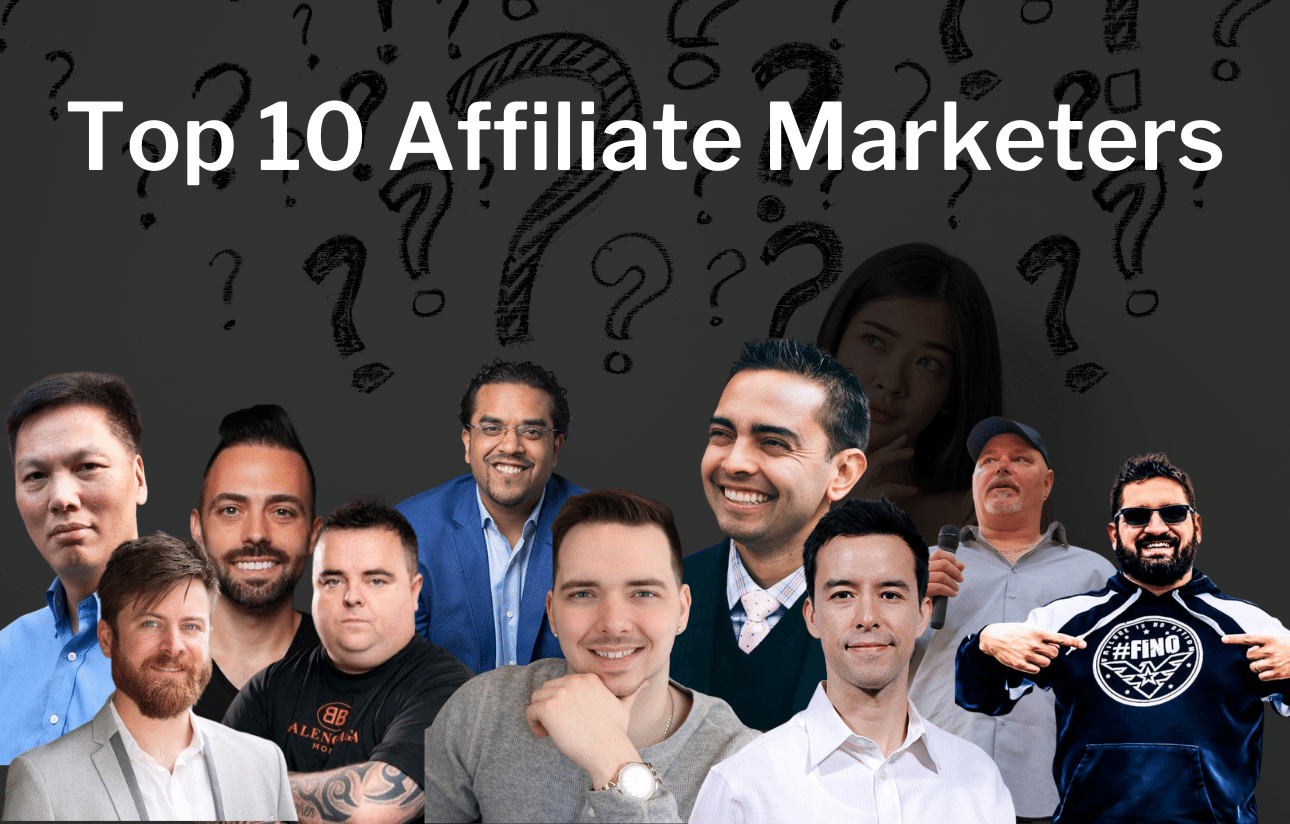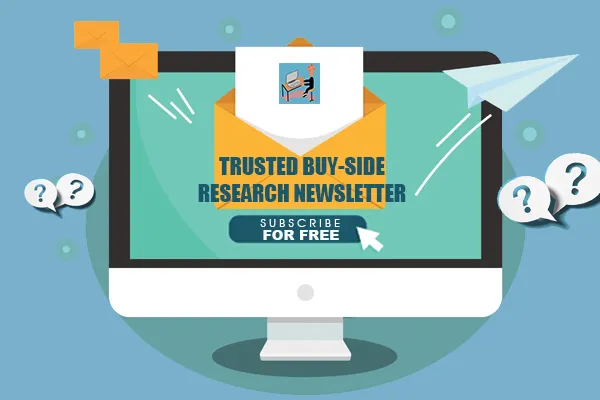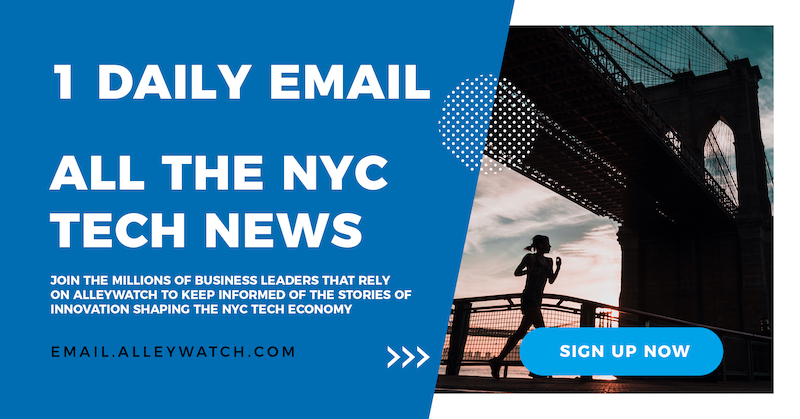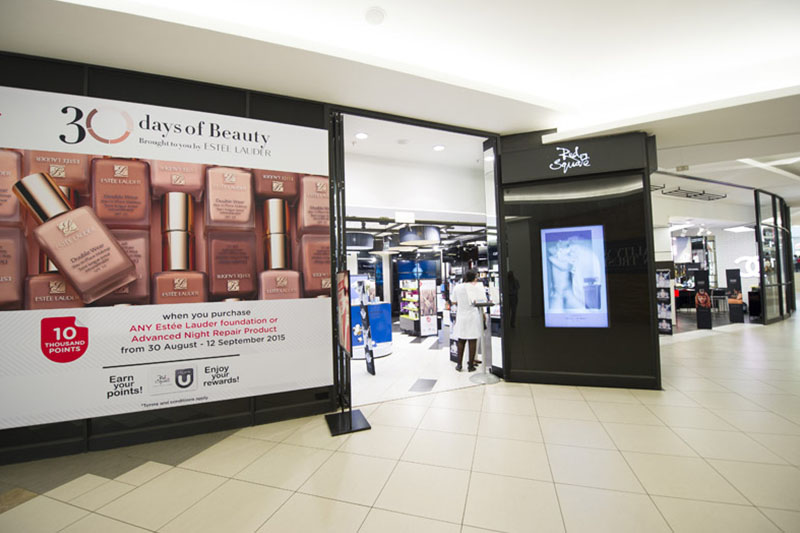Based in Sydney, Cormac has over a decade of experience in FMCG insights. He tracks market trends, consumer behaviour and product innovation to provide cross-category insights. With expertise in our Purchase Intelligence tool, he helps clients understand what new product propositions are successful in driving purchase intent.
In November 2021, Starbucks teased a brewing collaboration with pop music icon Taylor Swift ahead of the singer’s re-release of her ‘Red’ album. After dropping several hints, Starbucks officially announced that her favourite order (a caramel non-fat latte) would be available on its menu as ‘Taylor’s Latte’, and songs from her album would be played in-store for its ‘Red Season’.
Posts referencing ‘Taylor’s Latte’ blew up on US social media, and such collaboration shows the potential to reach consumers by uniting two passions: coffee and music. Here are some strategies that brands can explore:
Coffee brands tap into the escapism of music
Consumers already associate coffee with comfort and welcome options that help them de-stress. In India, 39% of consumers are interested in coffee that contains added mental wellness benefits (eg de-stressing, supports focus). Music provides well-established escapism. Coffee brands can help consumers escape to a new place through a music connection in their marketing. In Vietnam, Trung Nguyen Legend Specialty Instant Coffee takes inspiration from Beethoven, who is believed to have hand-counted exactly 60 coffee beans per cup of his coffee. The product allows consumers to escape to Beethoven’s concert hall.

Escape to Beethoven’s concert hall: Trung Nguyen Legend Specialty Instant Coffee; Mintel GNPD
Coffee and music as a source of energy/concentration for work
In the US, 30% of consumers agree that hot coffee provides an energy boost for working, while 35% of German music consumers have listened to music while working. Coffee brands can target their existing audience of working consumers by communicating the concentration benefits of listening to music while working. In Japan, AGF’s Work Design Nagara Coffee features a back-of-pack QR code that consumers can scan to access music to listen to while they work.

Work Design Nagara Regular Ground Coffee; Mintel GNPD
Brands could also get specific on the type of music they recommend by introducing consumers to classical music or binaural beats playlists, which have greater scientific links to concentration as opposed to ‘music’ in general. The partnership of music/coffee could help the category take a stronger hold in ‘owning’ the work occasion through a combined energy and concentration benefit for the consumer.
Link coffee and music on ethics
Consumers are increasingly paying closer to environmental and social issues, with 42% of Thais saying that ethical/socially responsible brands offer value for money. Music can offer an avenue to educate coffee consumers through entertainment as a means of escaping stress in uncertain times while also offering an ethical message. In the US, Higher Grounds Coffee has collaborated with singer-songwriter May Erleweine to create its Shine On blend, which is described as “an uplifting cup of resilience for the important work ahead”. One dollar from each purchase is donated to Title Track, a non-profit that supports racial equity.

Shine On blend; Higher Grounds Coffee
This approach holds the potential to reach consumers organically in that they engage with their favourite musical artists primarily to be entertained but also have the opportunity to learn about social causes important to that artist.
What we think
Coffee and music independently have associations with escapism and work optimisation, which, when united, can provide a new venue for consumer engagement. The influencer-like status of musical artists can also be leveraged to educate consumers on ethical efforts in the supply chain (eg how they are helping the communities where they source their coffee and sell it).
Check out the Mintel Store for more research on the latest coffee trends and product innovations.



